After Russia launched an attack on Ukraine with the Oreshnik hypersonic ballistic missile, the country's nuclear arsenal is receiving more attention than ever.
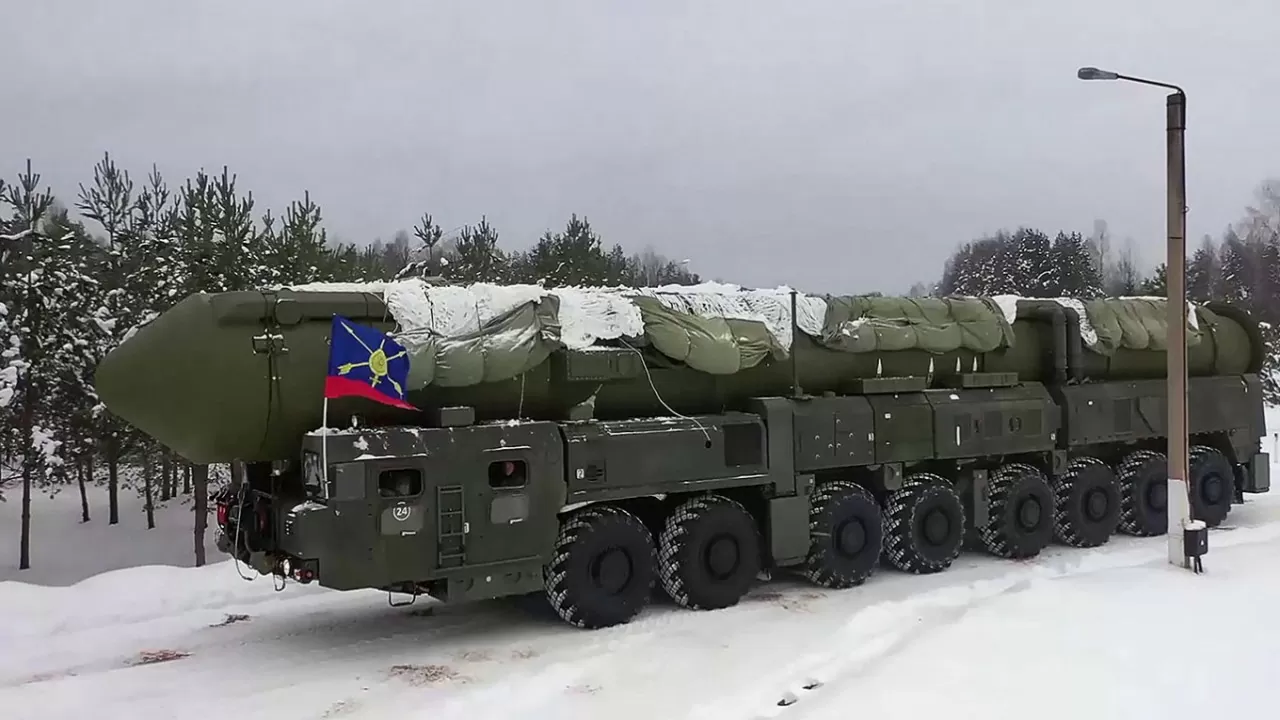 |
| Russia's RS-24 Yars intercontinental ballistic missile launch system. (Source: TASS) |
The attack with Oreshnik nuclear-capable missiles is seen as Russia's response to Ukraine's use of US and UK missiles to attack its territory.
In addition to the reason for retaliation, Russia's attack on Ukraine was also the result of President Vladimir Putin approving changes to Russia's nuclear doctrine that allow the use of nuclear weapons in response to non-nuclear attacks on the country's territory.
Also in November, President Putin said that military facilities in Western countries that allow Ukraine to use weapons made in those countries to attack Russia could become targets for Moscow, raising concerns about the possibility of Russia using nuclear weapons.
On November 28, President Putin said that Russia's military command was selecting targets for strikes in Ukraine, threatening that future attacks could target government buildings in Kiev.
Large quantity
Russia and the United States possess nearly 90% of the world's total nuclear weapons, according to a 2023 report by the Stockholm International Peace Research Institute (SIPRI).
However, according to information from the Federation of American Scientists in March, Russia has the most nuclear warheads with about 5,580 warheads, accounting for 47% of the world's total stockpile.
According to the US Congressional Research Service, Russia is deploying 1,710 nuclear warheads. These warheads are distributed across the strategic nuclear triad, including approximately 326 intercontinental ballistic missiles (ICBMs), 12 ballistic missile submarines (SSBNs) equipped with 192 submarine-launched ballistic missiles (SLBMs), and 58 strategic bombers.
Russia has stopped sharing official data on its strategic nuclear forces with the United States in 2023. However, Russian leaders have said they will continue to abide by the limits of the New Strategic Arms Reduction Treaty (New START), maintaining a balance with the United States' strategic nuclear capabilities.
Oreshnik Missile - New Element
The new intermediate-range ballistic missile called Oreshnik used by Russia in its attack on Ukraine last week is a nuclear-capable weapon that has never been mentioned in public.
President Putin said air defenses could not intercept the Oreshnik as it flies at Mach 10 (2.5-3 km per second) and has “dozens of warheads and guided warheads.” Putin added that the missile would not cause mass destruction because it does not have a nuclear warhead, so there is no nuclear contamination after use.
Military experts say that although the attack on the city of Dnipro (Ukraine) used conventional warheads, the Oreshnik missile can also carry nuclear warheads.
Speaking about the Oreshnik missile's warhead carrying capacity, military expert Viktor Baranets wrote in Komsomolskaya Pravda that the missile can carry 3 to 6 warheads, while Ukrainian intelligence said the missile can carry 6 warheads.
Editor Igor Korotchenko of the Moscow-based National Defense Magazine in an interview with TASS said that based on the video of the attack, Oreshnik has multiple independently guided warheads.
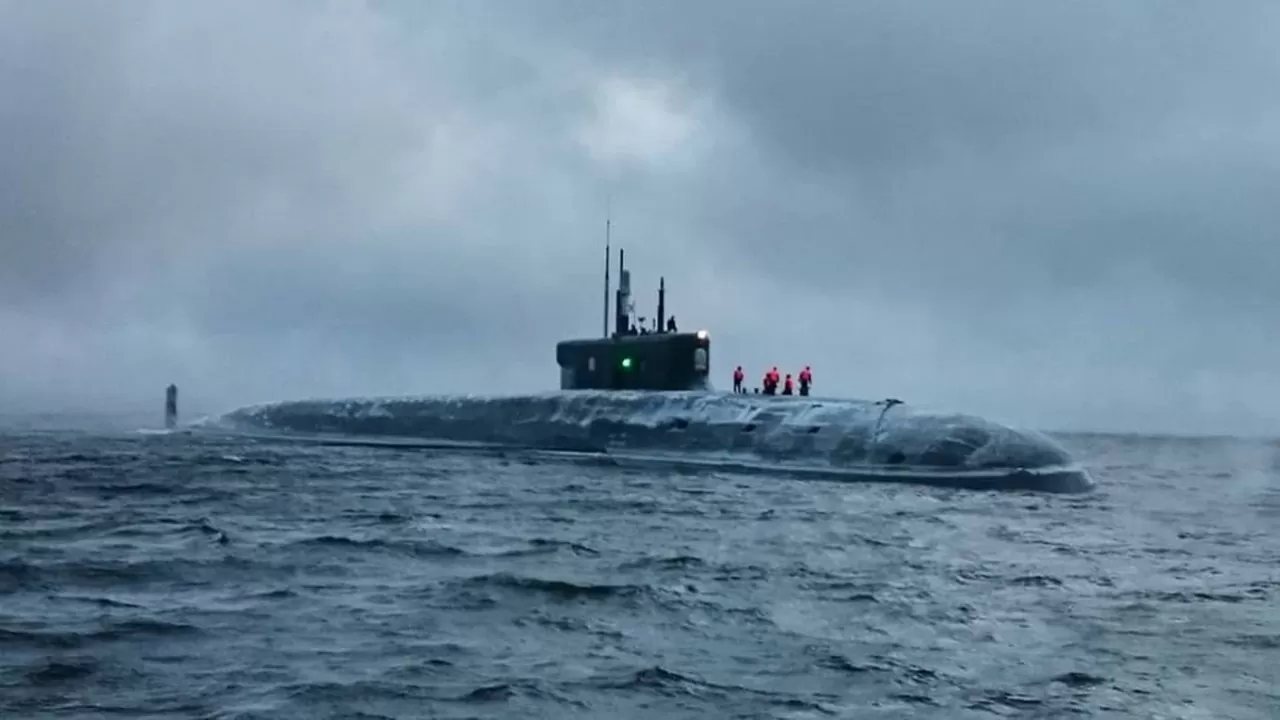 |
| Russian nuclear submarine Knyaz Vladimir. (Source: The Moscow Times) |
Other nuclear weapons
Russia possesses a diverse nuclear arsenal and delivery systems including advanced strategic missiles and hypersonic weapons.
One of the core weapons of the strategic missile force is the RS-24 Yars. This is an intercontinental ballistic missile with a range of about 12,000 km and is capable of carrying multiple independently targetable re-entry warheads.
The RS-28 Sarmat missile, also known in the West as the Satan 2, with a range of 18,000 km, is also capable of carrying a nuclear warhead. In late November, TASS reported that Russia was continuing efforts to put the Sarmat into combat duty.
Additionally, the Russian arsenal possesses the Avangard, a hypersonic glider-like weapon that can also carry a conventional nuclear payload.
TASS news agency said this weapon can travel at a hypersonic speed of about 32,000 km/h and is considered "maneuverable and overwhelming to any missile defense system".
Complementing the Avangard is the Kinzhal, an air-launched hypersonic missile deployed from launchers such as the MiG-31 fighter jet, with a range of up to 3,000 km. The Tsirkon (Zircon) missile extends Russia’s hypersonic capabilities into the maritime domain, with a range of 1,000 km and aimed at naval and land targets.
Russia's submarine nuclear arsenal is dominated by the Bulava submarine-launched ballistic missile, which has a range of 8,000 km.
For air operations, strategic bombers such as the Tu-95MS and Tu-160 serve as launch systems for nuclear-tipped cruise missiles. These are the Kh-101 and its nuclear variant, the Kh-102.
In addition to strategic weapons, Russia also maintains a huge stockpile of tactical nuclear weapons that can be deployed on the battlefield if necessary. These include aircraft-launched warheads, artillery systems, and short-range missiles such as the Iskander-M with a range of up to 500 km.
While details about these weapons are not clearly provided, they play an important role in Russia's regional defense strategy.
Source: https://baoquocte.vn/cap-nhat-kho-vu-khi-hat-nhan-toan-hang-khung-cua-nga-296193.html



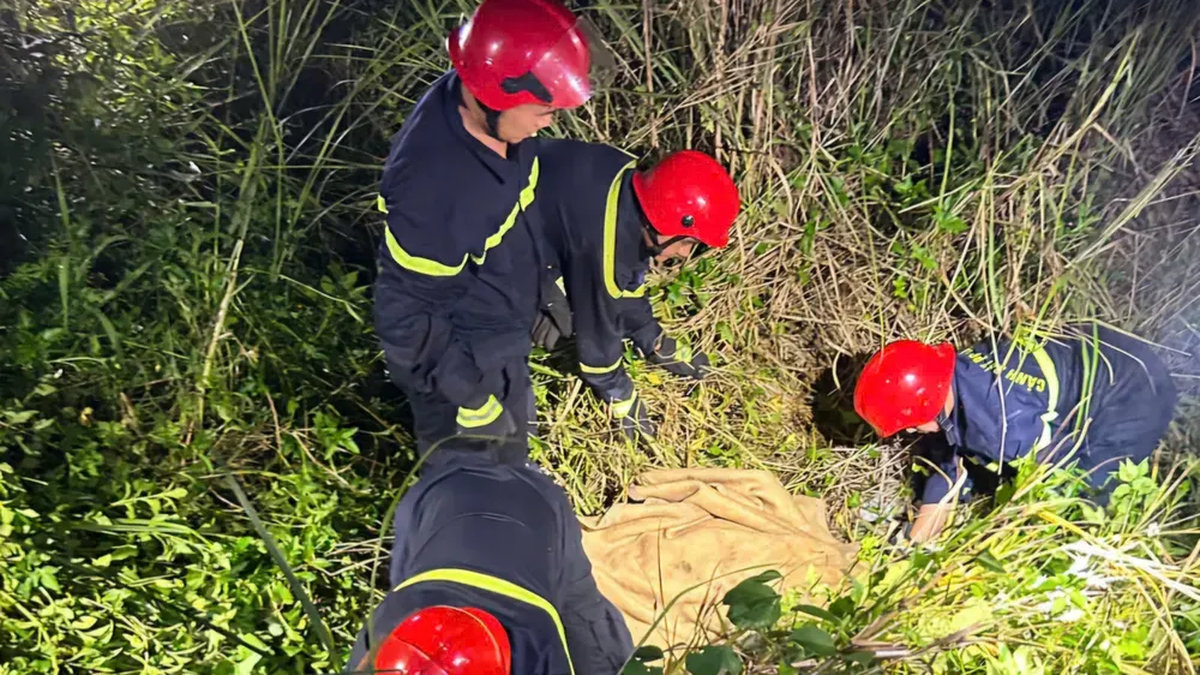





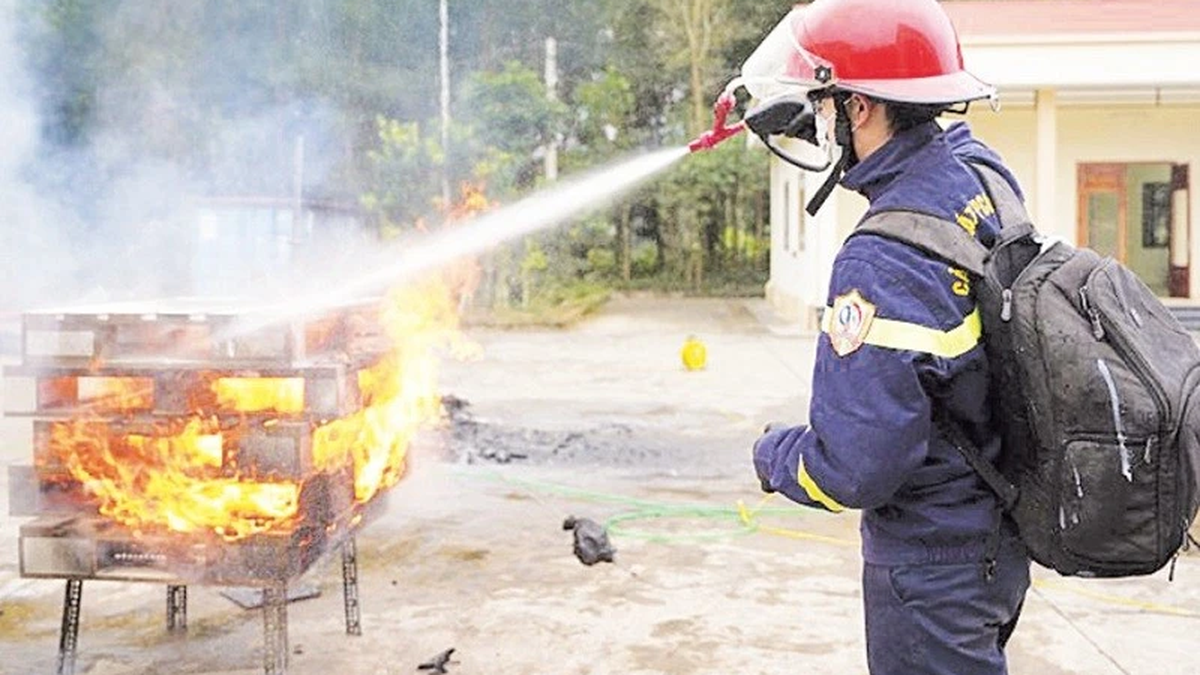
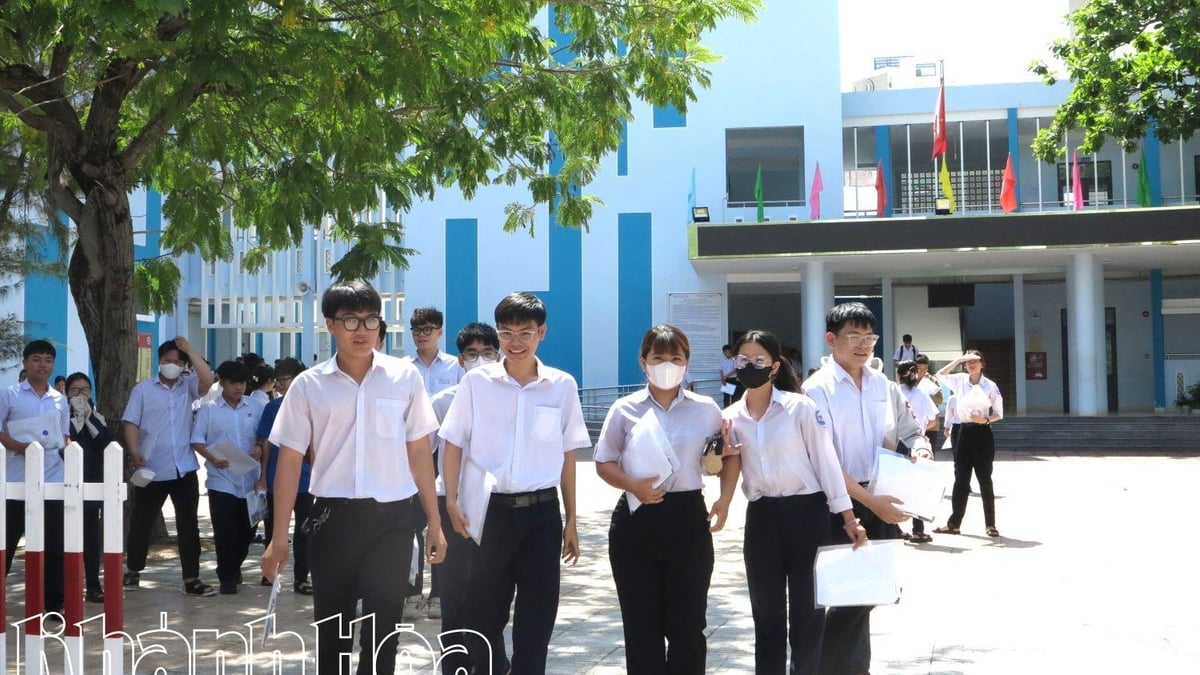












































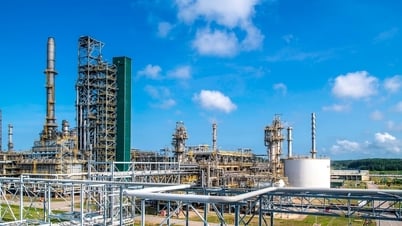











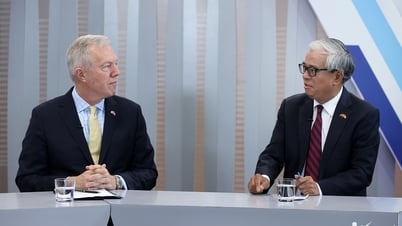































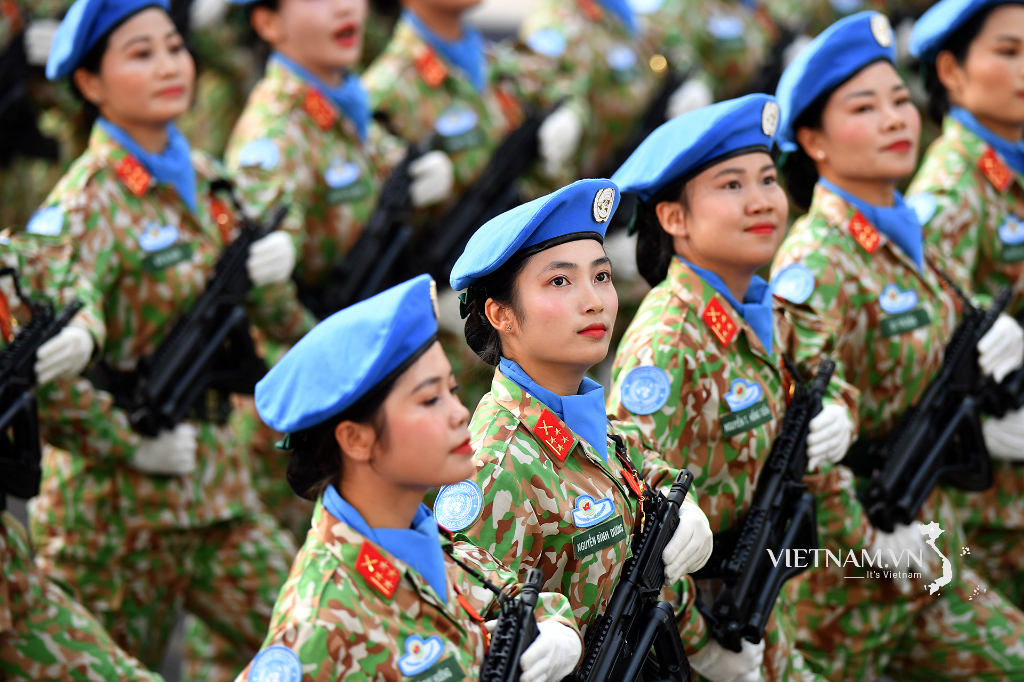
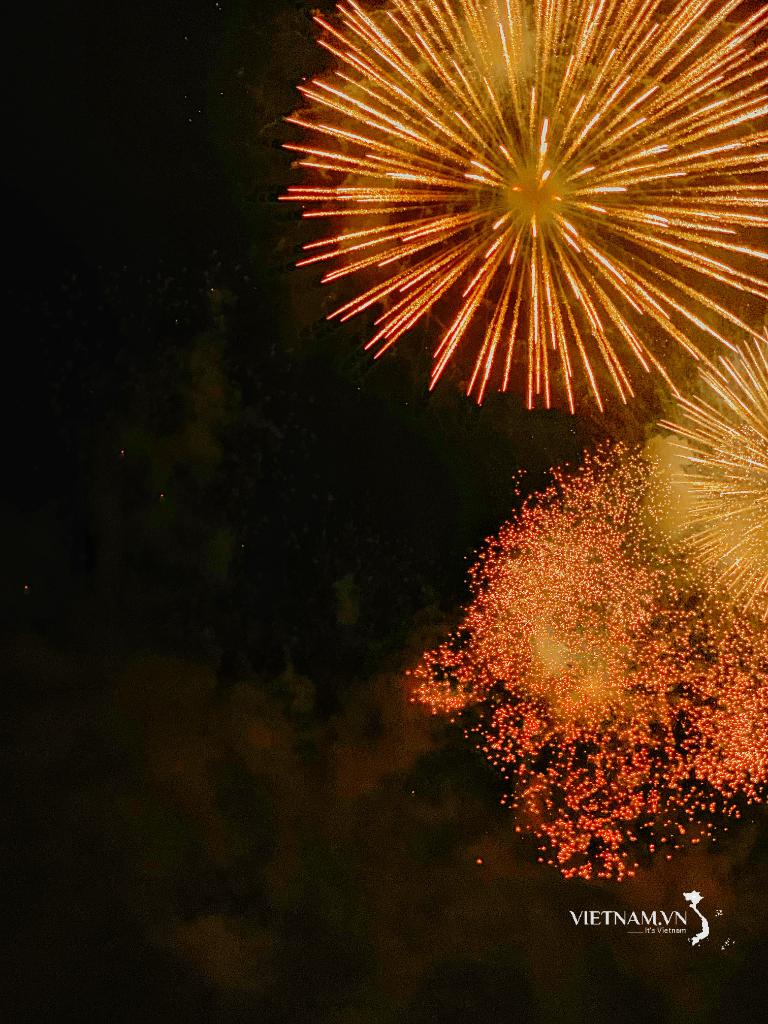

Comment (0)